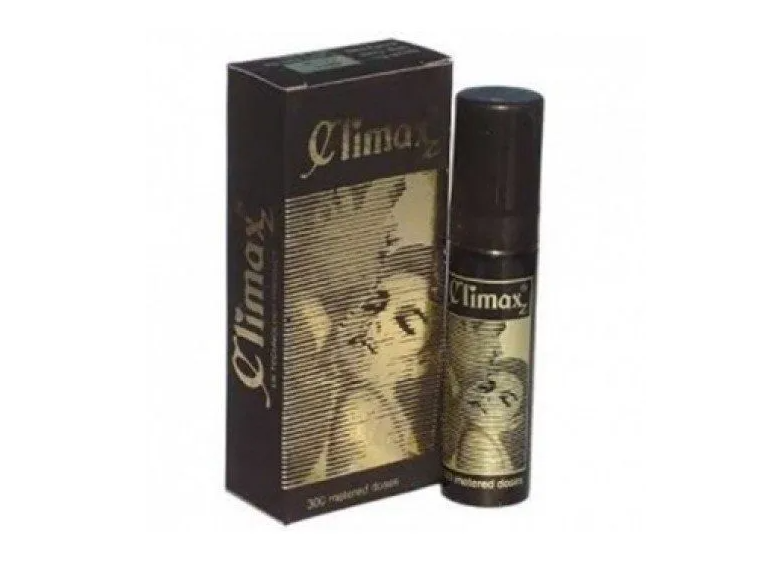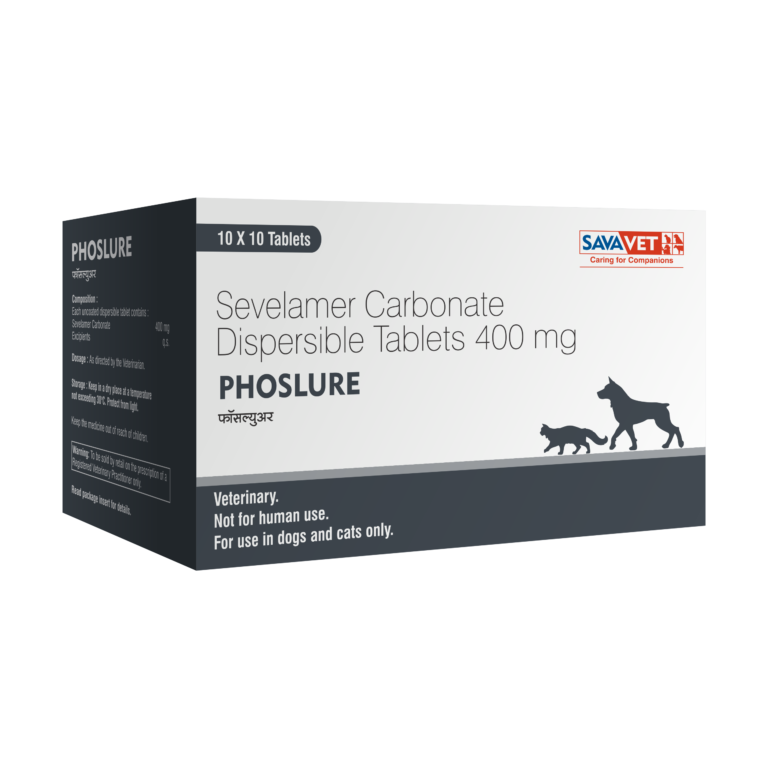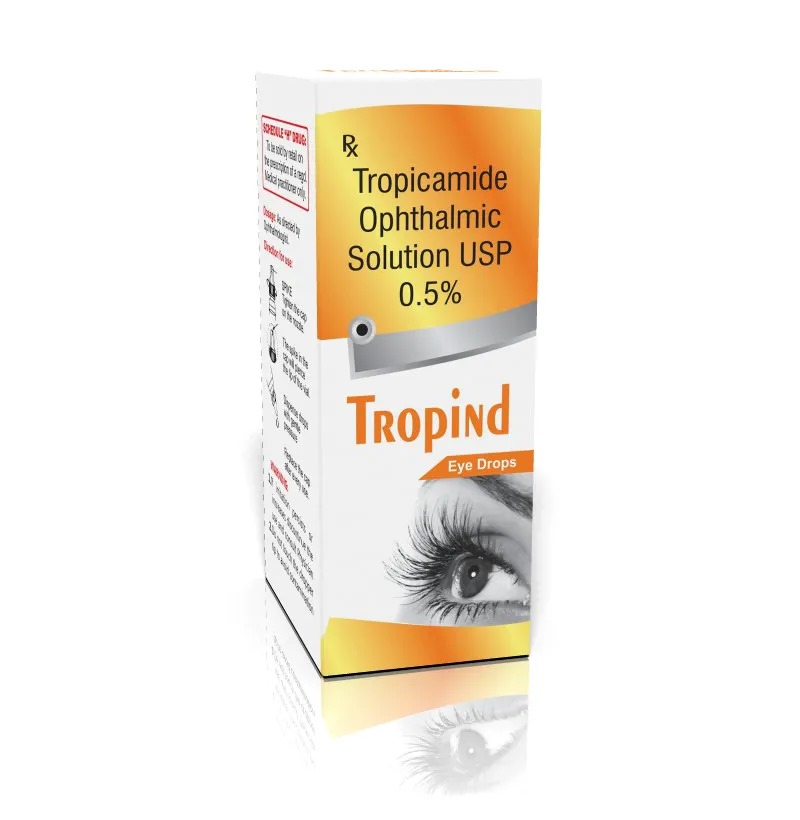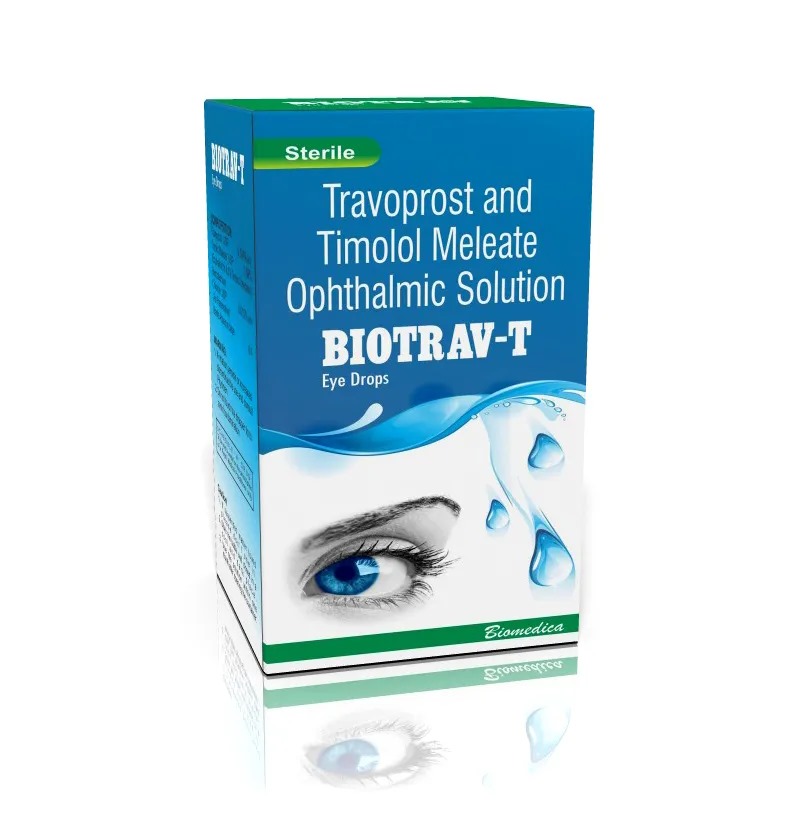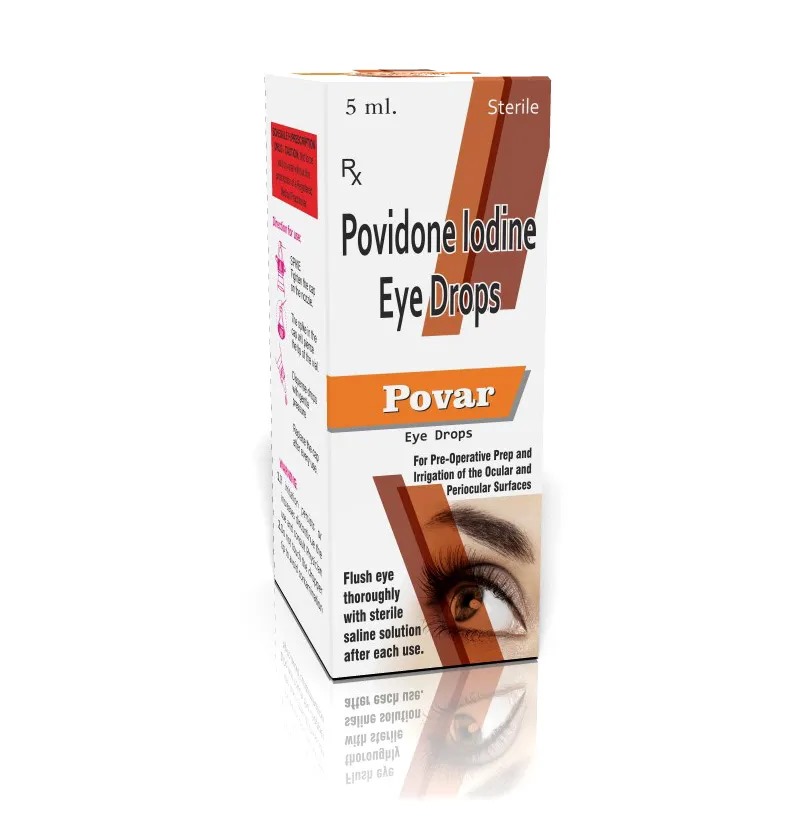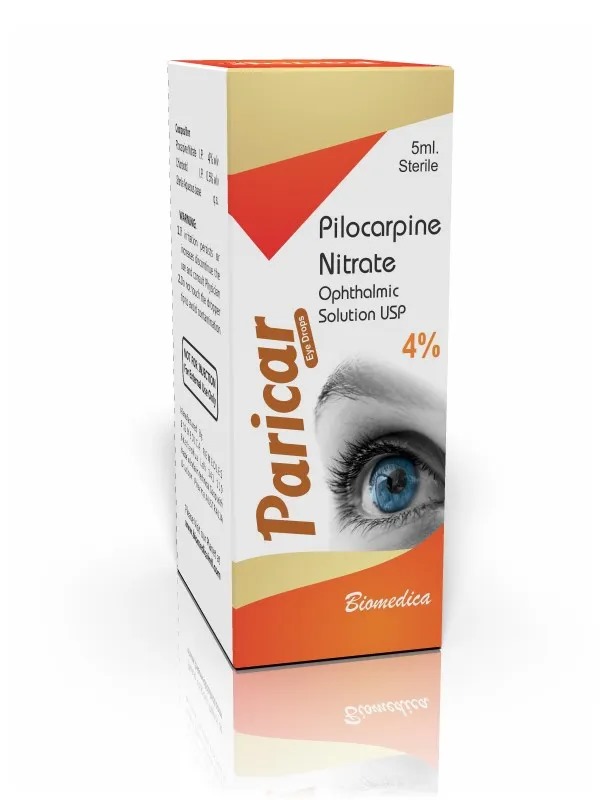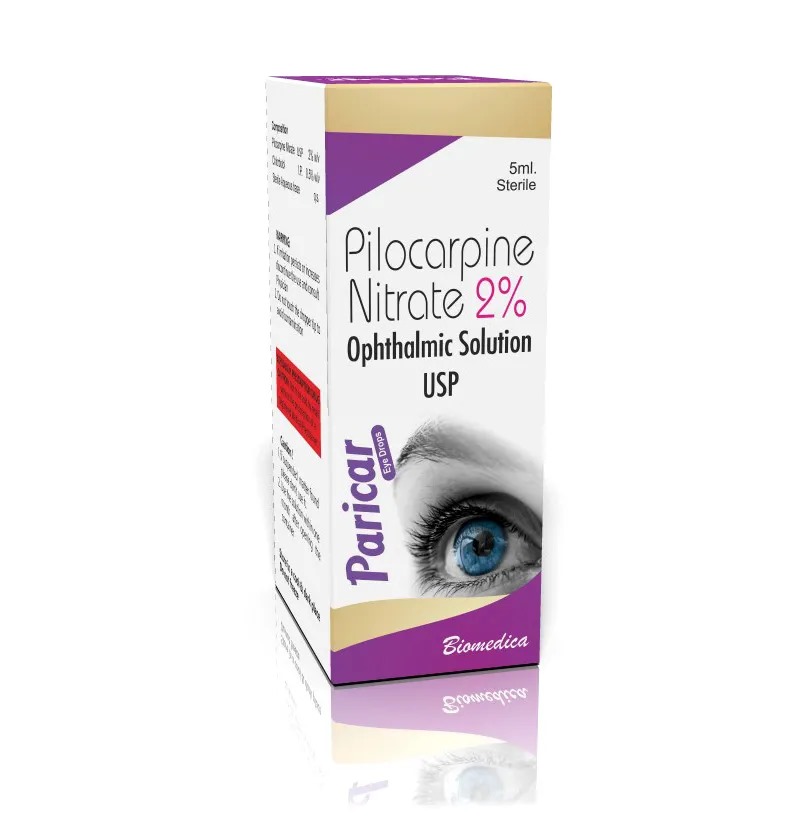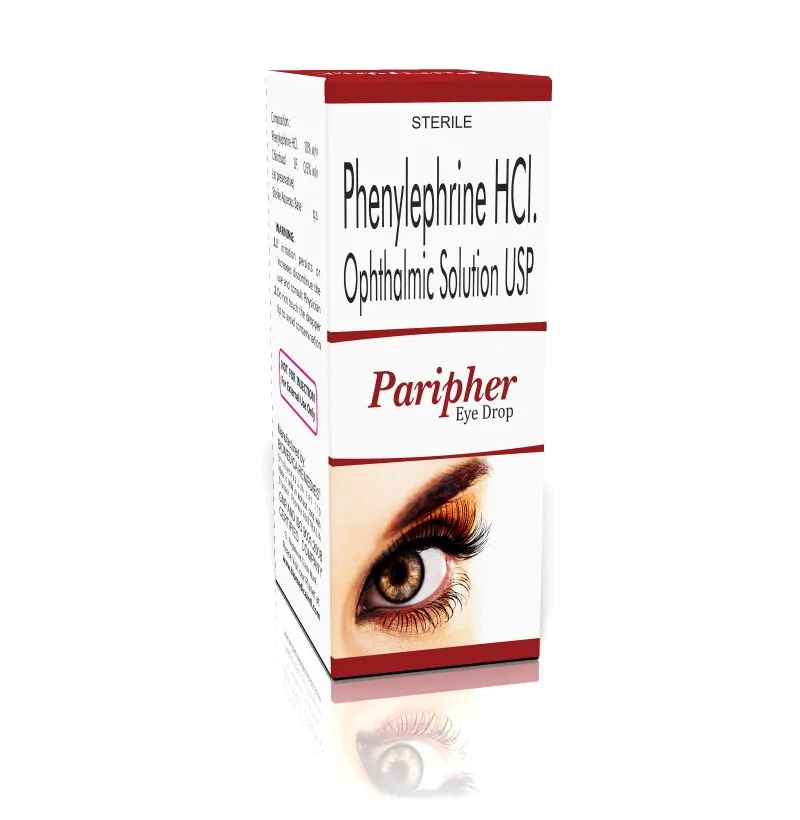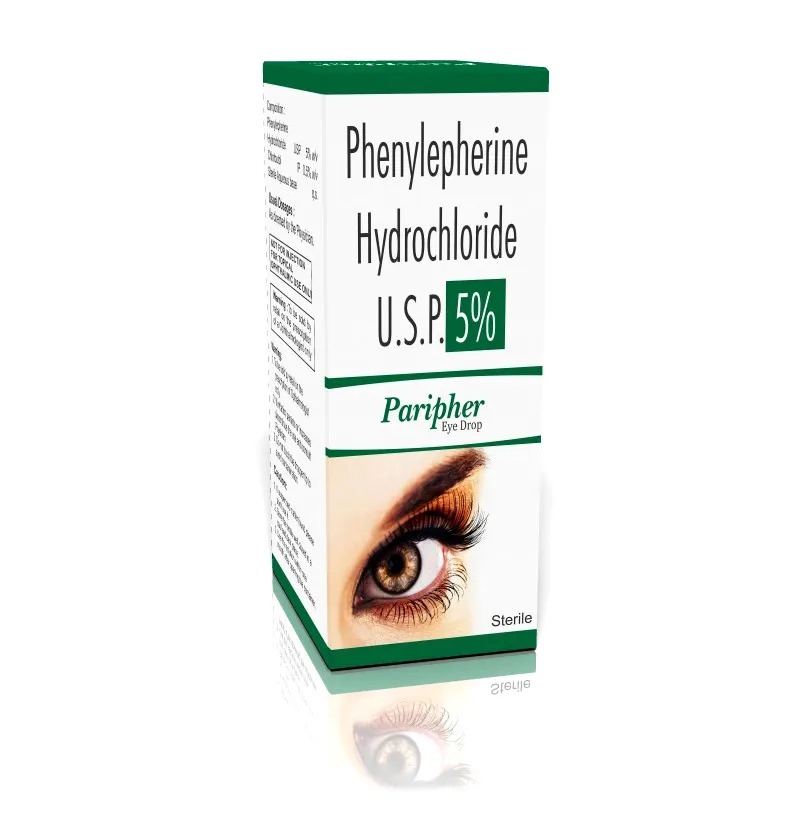Eye Care
Tropicamide Ophthalmic Solution USP 0.5% is a sterile, anticholinergic eye drop used primarily for diagnostic purposes in ophthalmology.
________________________________________
🔍 Primary Uses
1. Pupillary Dilation (Mydriasis): Tropicamide 0.5% is employed to dilate the pupil, facilitating detailed examination of the retina, optic nerve, and other internal eye structures during procedures like fundoscopy and slit-lamp assessments.
2. Cycloplegia: It temporarily paralyzes the ciliary muscle, preventing accommodation (focusing), which is useful in refractive error assessments.
3. Management of Uveitis: Tropicamide 0.5% is utilized in treating conditions like acute and subacute iridocyclitis, chronic iridocyclitis, and to prevent adhesions and disruptions of the iris and ciliary body. ________________________________________
⚠️ Side Effects
While generally well-tolerated, potential side effects may include:
• Temporary stinging or burning sensation upon instillation
• Blurred vision
• Sensitivity to light (photophobia)
• Dry mouth
• Headache
• Nausea or vomiting
• Pale skin
• Central nervous system disturbances, including agitation or confusion, especially in pediatric patients
________________________________________
🧪 Usage Instructions
• Administration: Instill one or two drops into the affected eye(s) as directed by your healthcare provider.
• Contact Lenses: Remove contact lenses before application.
• Hygiene: Avoid touching the dropper tip to any surface to prevent contamination.
• Post-application: Apply gentle pressure to the inner corner of the eye for 1–3 minutes to minimize systemic absorption.
________________________________________
⚠️ Precautions
• Driving and Operating Machinery: Avoid engaging in activities requiring clear vision, such as driving, until the effects of the medication have worn off.
• Pediatric Use: Use with caution in children, as anticholinergic drugs may cause CNS disturbances.
• Pregnancy and Breastfeeding: Consult your healthcare provider before use during pregnancy or while breastfeeding.
Send
Message
